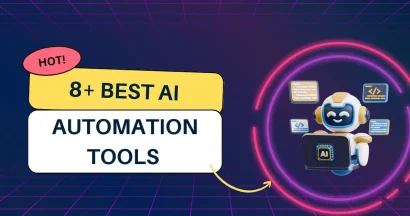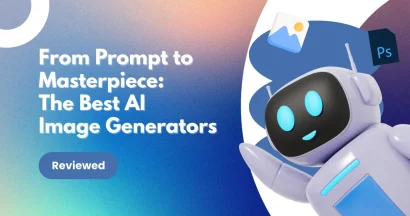Have you ever wondered how AI chatbots like ChatGPT or Gemini generate human-like responses, or how AI tools can write such convincing text? The answer lies in Large Language Models (LLMs)—advanced AI systems that understand and generate natural language at scale.
As of 2025, there are 15,000+ Large Language Models available, ranging from open-source LLMs like Llama to proprietary giants like GPT-4o. Choosing the right model can feel overwhelming, but this guide breaks it all down.
We’ll explain what is a Large Language Model, compare open-source vs proprietary LLMs, and highlight the 14+ best LLMs you should know.
Eduma – Education WordPress Theme
We provide an amazing WordPress theme with fast and responsive designs. Let’s find out!
What is a Large Language Model? What is an LLM?
A Large Language Model (LLM) is an AI system trained on massive datasets of text to generate, summarize, and understand human language. Unlike older keyword-matching tools, LLMs analyze context and meaning, making them capable of:
- Answering complex questions
- Generating creative content
- Supporting customer service
- Assisting in coding and data analysis
LLMs have expanded into multimodal models (LMMs), meaning they handle not only text, but also images, audio, video, and code.
What is an Open Source LLM?
Open-source LLMs are models made available for public use and modification. They contrast with proprietary models like GPT-4o, which are closed and controlled by their developers. You can download open-source LLMs such as Llama 3 or Gemma 2 and run them on your hardware, even adapting them with your data. This allows for greater flexibility and customization.
Here’s a breakdown:
Proprietary LLMs:
- Developed and controlled by private companies.
- Source code and training data are kept secret.
- Access is typically through APIs or AI chatbots.
- Example: GPT-4o.
Open-Source LLMs:
- Freely available for download, use, and modification.
- Users can adapt and retrain the models.
- Permissive licenses, often requiring attribution and that derivative works be open source.
- Example: DeepSeek R1.
Open LLMs:
- Available for download and use, but with some restrictions.
- May have limits on commercial use or prohibited use policies.
- Companies who release these models, still retain some control.
- Example: Llama 3, Gemma 2.
14+ Best Large Language Models (LLMs)
To make sense of the landscape, we grouped the top LLMs into three categories: Multimodal, Open-Source, and Enterprise-Focused.
Gemini (Google)
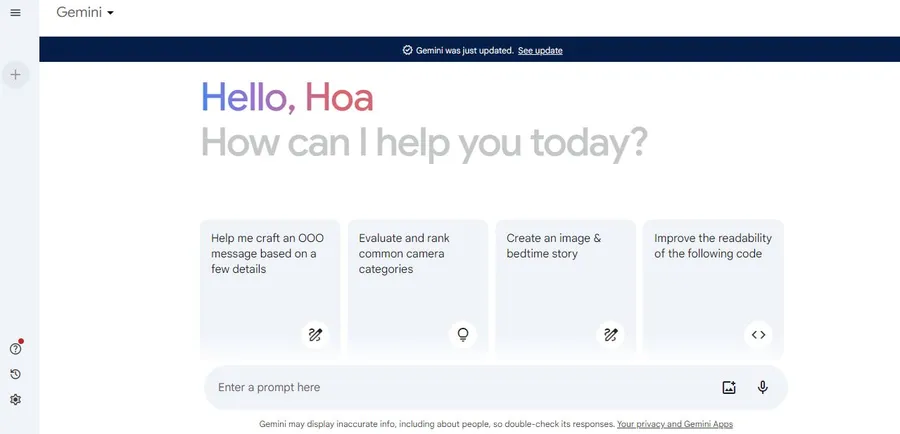
Google’s Gemini represents a diverse family of AI models, designed to be adaptable and useful across a range of devices and applications. Think of it as a toolkit, with each model tailored for different needs. What sets Gemini apart is its inherent multimodality; it’s not just about text, but also understanding and processing images, audio, video, and code. This makes it a versatile tool for developers and users alike. Google is integrating Gemini into its products, like Gmail and Docs, and making it available via APIs for wider use. The focus on a large context window means it can handle complex, lengthy interactions.
Key Features:
- Multimodal capabilities (text, images, audio, video, code).
- Varied model sizes (Nano, Flash, Pro, Ultra) for different devices and tasks.
- Large context window (up to 2 million).
- Integration into Google products (Docs, Gmail, Gemini chatbot).
- API access through Google AI Studio and Vertex AI.
- Reasoning models like Gemini 2.0 Flash Thinking.
GPT-4o (OpenAI)
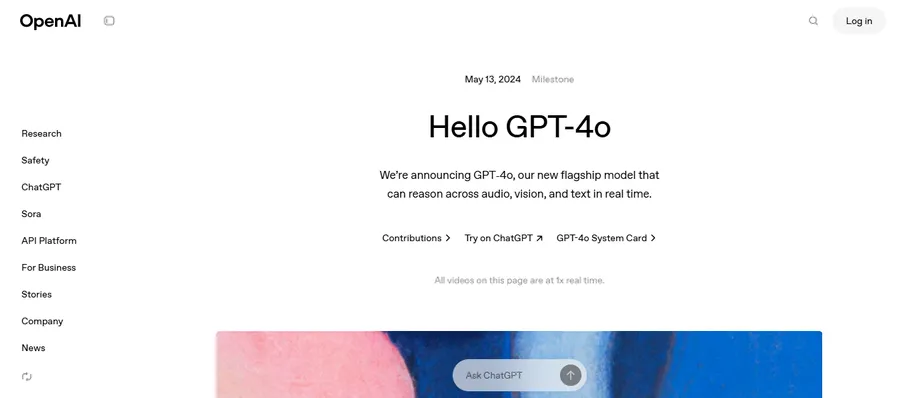
GPT-4o, from OpenAI, is a significant evolution in their line of generative models, building upon the foundation of the GPT series. It’s designed to be more efficient and versatile, particularly with its enhanced handling of audio and visual inputs alongside text. This means it can engage in more natural, interactive conversations and process a wide range of information. GPT-4o is a general-purpose model, meaning it’s adaptable to a wide array of applications, and its availability through an API has led to its integration into numerous third-party tools and services. While it powers many things, the most well-known user interface for it is ChatGPT.
Key Features:
- Multimodal capabilities (text, images, audio).
- Large context window (128,000).
- General-purpose model, adaptable to various applications.
- API access for developers.
- Powers ChatGPT.
o3 and o1 (OpenAI)
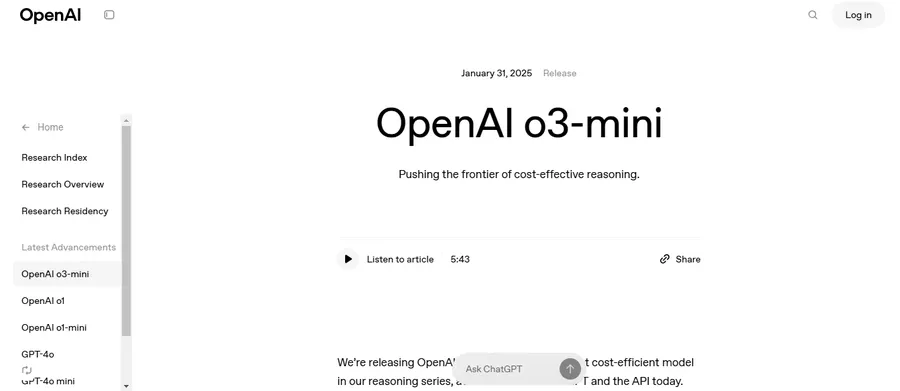
OpenAI’s “o” models (o1, o3) represent a dedicated line of reasoning-focused AI, designed to excel at complex problem-solving and logical tasks. These models are built to push the boundaries of AI’s ability to “think” and draw inferences, and they’ve demonstrated strong performance in benchmarks. The o1 model was the first of this reasoning-focused model line. OpenAI is working to unify its various model lines and has stated that the naming conventions are confusing and will be changed in the future. The next major release from OpenAI is expected to be GPT-5 and will contain the capabilities of all of the other models.
Key Features:
- Specialized in reasoning and problem-solving.
- Large context window (200,000).
- API access.
- Evolving model line with o1, o3-mini, and future releases.
- Future integration into a unified GPT model line.
Gemma (Google)
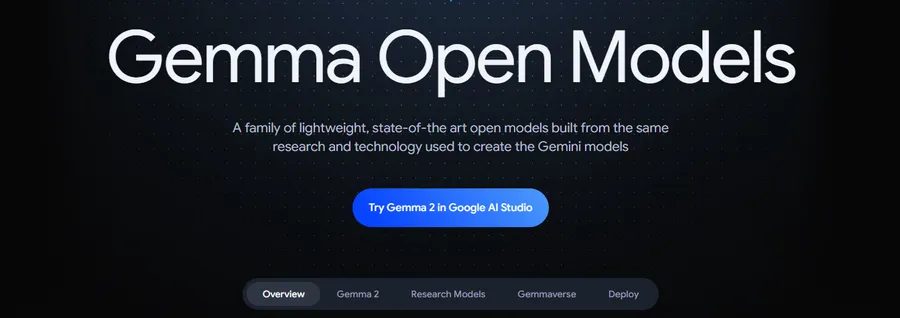
Google’s Gemma is a set of open-source models, essentially a sibling to their more prominent Gemini family. It’s like Google sharing the core technology behind Gemini with the wider world. Gemma models come in various sizes, making them adaptable for different needs and hardware. By offering Gemma openly, Google is contributing to the broader AI community, allowing developers and researchers to experiment and build upon their work. It’s a way for Google to foster innovation while still leveraging the strengths of its underlying research.
Key Features:
- Open-source models.
- Available in multiple parameter sizes (2 billion, 9 billion, 27 billion).
- Based on the same technology as Gemini.
- Context window of 8,200.
- Designed to be accessible to a wide range of developers.
R1 (DeepSeek)
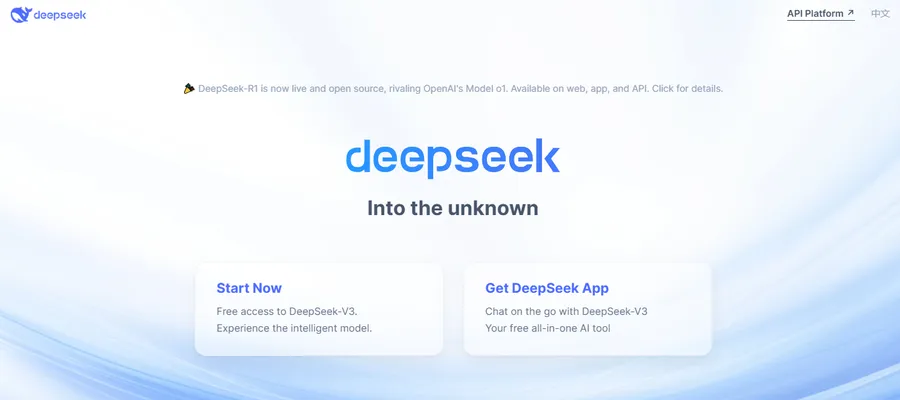
DeepSeek’s R1 made waves by demonstrating that top-tier reasoning AI isn’t solely the domain of massive, well-funded tech giants. This model, developed by a Chinese company, showed comparable reasoning capabilities to models like OpenAI’s o1, all while using less computational power. It’s an open model, which is a significant contribution to the field. However, the long-term impact of DeepSeek’s technical innovations, as well as the potential effects of geopolitical factors, are still to be seen.
Key Features:
- Reasoning-focused model.
- Open-source availability.
- Developed with efficient hardware usage.
- Large parameter size (671 billion).
- Context window of 128,000.
- Available through API and chatbot.
V3 (DeepSeek)

DeepSeek’s V3 is their attempt to compete with the likes of GPT-4, offering a strong general-purpose language model that’s also open-source. Like their R1 model, V3 is notable for being developed with resource efficiency in mind. It’s a powerful tool for text generation and understanding, though it doesn’t include the reasoning or multimodal capabilities of some other models. The question now is whether DeepSeek can maintain momentum and gain wider adoption for its models in the competitive AI landscape. You can refer to the best DeepSeek alternatives if needed.
Key Features:
- General-purpose language model.
- Open-source.
- Developed with efficient hardware usage.
- Large parameter size (671 billion).
- Context window of 128,000.
- Available through API and chatbot.
Llama (Meta)

Meta’s Llama family is a significant player in the open-source LLM world. Think of it as a set of building blocks that Meta has made available for anyone to use and adapt. With a range of models, from smaller ones suitable for basic tasks to massive ones capable of handling complex operations, Llama aims to provide flexibility. It’s not just about research; Meta also uses Llama to power AI features in its apps. The fact that it’s open-source has spurred a lot of innovation, with many other LLMs using Llama as a starting point. They have text-only and multimodal models in their lineup.
Key Features:
- Open-source models.
- Variety of parameter sizes (1B, 3B, 8B, 11B, 70B, 90B, 405B).
- Large context window (128,000).
- Both text-only and multimodal models.
- Used within Meta’s own applications.
- Source code available on GitHub.
- Free for research and commercial use.
Claude (Anthropic)
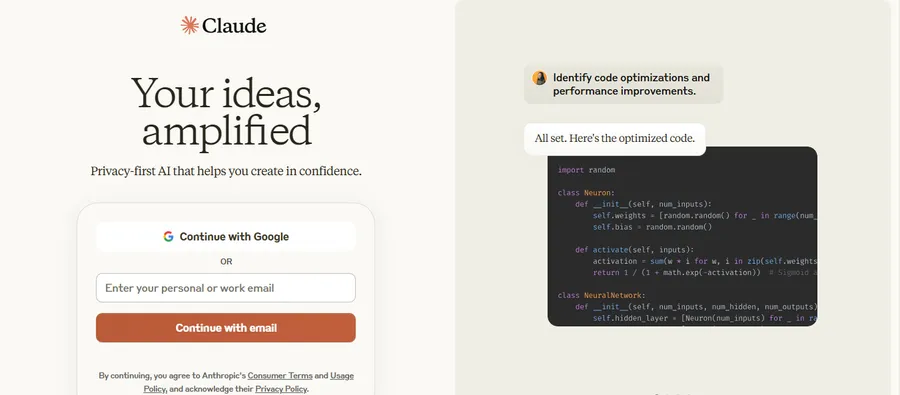
Anthropic’s Claude is positioned as a strong competitor in the LLM space, with a focus on being reliable and safe. The models are designed with a “helpful, honest, harmless” philosophy, which is particularly appealing to businesses concerned about responsible AI. The focus on enterprise-grade safety has led to partnerships with major companies, showcasing Claude’s appeal for professional applications. Claude is built to handle large amounts of data and provide helpful responses.
Key Features:
- Focus on safety and reliability.
- Designed for enterprise use.
- Large context window (200,000).
- Models: Claude 3.7 Sonnet, Claude 3.5 Haiku, Claude 3 Opus.
- API access.
- Partnerships with companies like Slack, Notion, and Zoom.
Nova (Amazon)
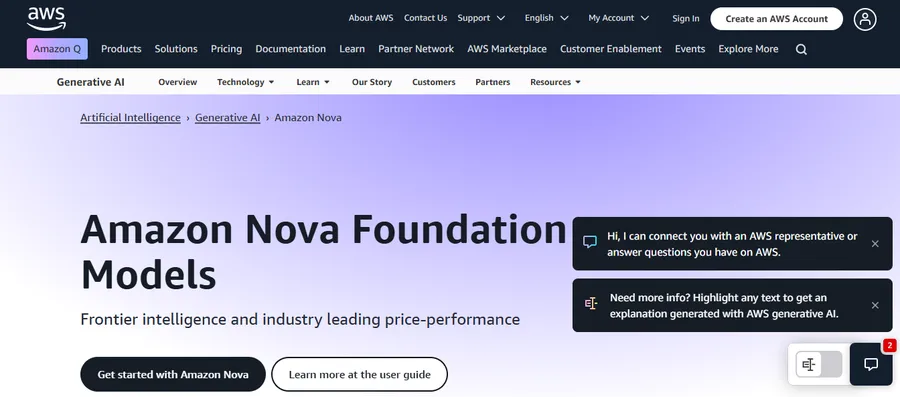
Amazon Nova is Amazon’s entry into the field of advanced LLMs, offered through Amazon Web Services. While Amazon’s progress in this area might have started a bit later than some others, the Nova models are now proving to be competitive. With the strength of AWS as a platform, Nova has the potential to become widely used, especially by businesses already relying on Amazon’s cloud services. The models are designed to scale, and provide a range of capabilities.
Key Features:
- Available through Amazon Web Services (AWS).
- Models: Amazon Nova Micro, Amazon Nova Lite, Amazon Nova Pro.
- Large context window (up to 300,000).
- API access.
- Designed for scalability.
- Competitive performance in benchmarks.
Command (Cohere)

Cohere’s Command models are built with businesses in mind, much like Claude. They emphasize reliability and accuracy, particularly for enterprise applications. A key feature is their optimization for Retrieval Augmented Generation (RAG), which allows companies to connect the model to their data, ensuring responses are relevant and precise. This makes Command models a valuable tool for customer support, internal knowledge bases, and other business-critical tasks. Cohere is gaining traction with large enterprise customers.
Key Features:
- Designed for enterprise use.
- Optimized for Retrieval Augmented Generation (RAG).
- API access.
- Command R7B, Command R, and Command R+ models.
- Focus on accuracy and reliability.
- Used by companies like Oracle, Accenture, Notion, and Salesforce.
Qwen (Alibaba Cloud)
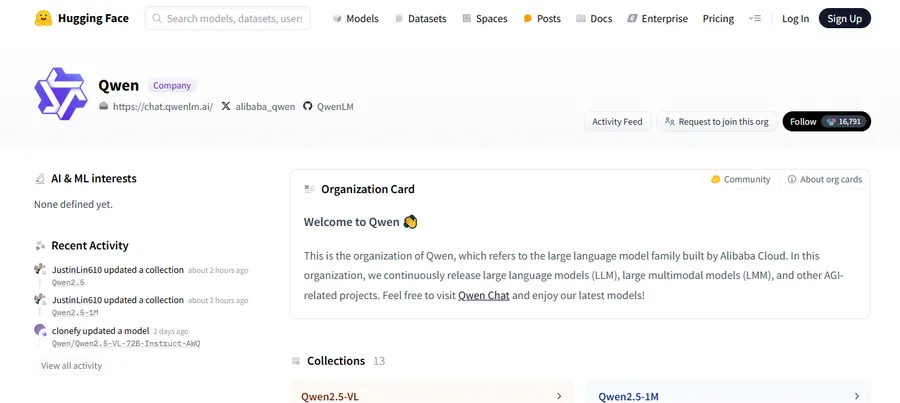
Alibaba’s Qwen is a diverse family of AI models, offering a wide range of options for different needs. Think of it as a comprehensive toolkit, with models optimized for various tasks like vision, coding, and math. Notably, Qwen models boast a very large context window, allowing them to handle extensive amounts of information. The Qwen2.5 Max model is a very high-performing model and is showing that it can compete with the top models available. Alibaba is making Qwen available through multiple avenues, including open-source options, APIs, and a chatbot, which increases its accessibility.
Key Features:
- Diverse model family with specialized versions.
- Large context window (up to 1,000,000).
- Open-source availability.
- API and chatbot access.
- Models tailored for vision, coding, and math.
- High-performing Qwen2.5 Max model.
- Range of parameter sizes (0.5B to 72B).
Mistral Large 2 (Mistral)

Mistral Large 2, from Mistral AI, is a strong contender in the advanced LLM arena, representing a significant European effort in AI development. Mistral is positioning its models as direct competitors to the leading models from major tech companies. The availability of Mistral Large 2 with open weights allows for customization and further development, which is valuable for research and specific commercial applications. The company is producing high-quality models and tools.
Key Features:
- High-performance LLM.
- Open weights for research and commercial use.
- Large parameter size (123 billion).
- Context window of 128,000.
- Competes with GPT-4o and Gemini.
- Offers multimodal models, and a chatbot.
Grok (xAI)
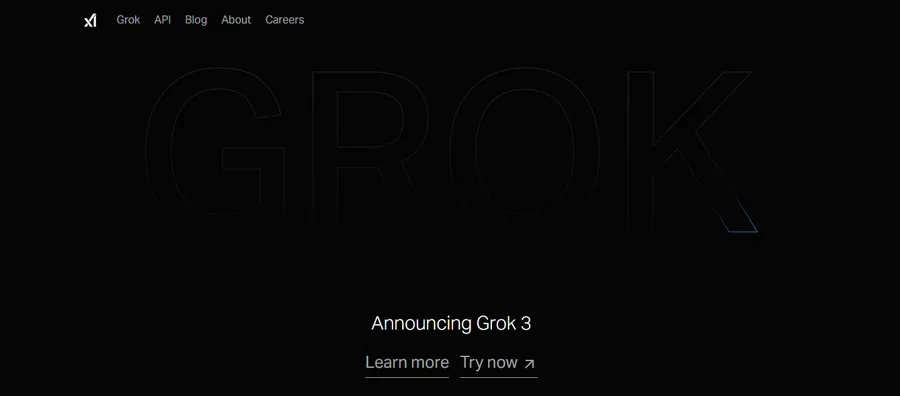
Grok, developed by Elon Musk’s xAI, has gone from a somewhat niche model to a serious contender with the release of Grok 3. Initially, it gained attention mainly due to its connection to X (formerly Twitter) and its creator. However, Grok 3 has demonstrated impressive performance, even topping some benchmarks. While its long-term impact on the broader AI landscape remains to be seen, xAI’s high profile ensures that Grok will continue to be a topic of discussion. Essentially, it’s a model that’s now proving its capabilities, even if it initially rode on the coattails of its creator’s reputation.
Key Features:
- Trained on data from X (Twitter).
- State-of-the-art performance and reasoning abilities (Grok 3).
- Context window of 128,000.
- Available through chatbot and open access.
- Developed by xAI.
Phi-3 and Phi-4 (Microsoft)
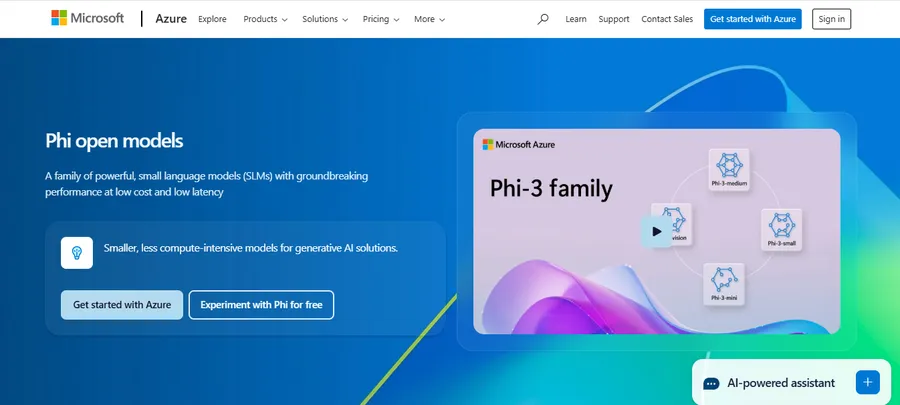
Microsoft’s Phi-3 and Phi-4 models are all about achieving high performance in a compact package. These small language models are designed to be efficient, proving that size isn’t everything. They’re optimized to excel at language tasks, often outperforming larger models. Microsoft is making these models widely available, which makes them accessible to a broad range of developers and researchers. They are focused on being small, and high-performing.
Key Features:
- Optimized for performance at small size.
- Phi-3 Mini (3.8 billion), Phi-3 Small (7 billion), Phi-3 Medium (14 billion), and Phi-4 (14.7 Billion) parameter models.
- Context window up to 128,000.
- Available through Azure AI Studio, Hugging Face, and other open platforms.
- Focus on efficient language task performance.
- Open access.
Quick Comparison Table of Top LLMs
| Model | Company | Open-Source | Context Window | Multimodal | Best For |
|---|---|---|---|---|---|
| Gemini | ❌ | 2M | ✅ | Multimodal AI | |
| GPT-4o | OpenAI | ❌ | 128k | ✅ | ChatGPT, APIs |
| Llama 3 | Meta | ✅ | 128k | ✅ | Developers |
| Claude 3.7 | Anthropic | ❌ | 200k | ❌ | Enterprise |
| Qwen 2.5 Max | Alibaba | ✅ | 1M | ✅ | Research + Apps |
| Mistral L2 | Mistral | ✅ | 128k | ✅ | Europe-based AI |
| Grok 3 | xAI | ❌ | 128k | ✅ | Social data AI |
Key Features to Compare When Choosing an LLM
When evaluating LLMs , focus on:
- Enterprise support – integrations, safety, reliability
- Multimodal support – text, image, audio, video, code
- Context window size – how much text it can process
- Open-source availability – flexibility & control
- Reasoning ability – handling complex problem-solving
FAQ: Large Language Models (LLMs)
Q1: What is a Large Language Model (LLM)?
An LLM is an AI trained on vast text datasets to generate and understand natural language, powering tools like ChatGPT.
Q2: What’s the difference between open-source and proprietary LLMs?
Open-source LLMs (like Llama 3) can be downloaded and modified, while proprietary LLMs (like GPT-4o) are API-based and closed.
Q3: Which are the best multimodal LLMs?
Top choices include Gemini, GPT-4o, and Qwen 2.5 Max.
Q4: Can I run an LLM locally?
Yes—open-source models such as Llama, Gemma, and DeepSeek can run on your own hardware.
Q5: What is the largest context window available?
Google’s Gemini Ultra offers up to 2 million tokens, while Alibaba’s Qwen 2.5 Max supports 1 million tokens.
Final Thoughts: The Future of LLMs
Large Language Models are redefining AI. From multimodal AI assistants like Gemini to open-source innovation via Llama and DeepSeek, LLMs are transforming business, research, and daily communication.
The next wave of AI will focus on:
- Ethical use and safety (Anthropic’s Claude)
- Efficiency and accessibility (Microsoft Phi models)
- Ultra-large context windows (Gemini, Qwen)
Choosing the right LLM depends on your goals:
- Developers → open-source LLMs
- Businesses → enterprise-grade models
- General users → multimodal chatbots like GPT-4o or Gemini
Read more: 7+ Best DeepSeek Alternatives You Should Try
Contact US | ThimPress:
Website: https://thimpress.com/
Fanpage: https://www.facebook.com/ThimPress
YouTube: https://www.youtube.com/c/ThimPressDesign
Twitter (X): https://twitter.com/thimpress
